Little League baseball is more than just a game; it’s a cherished tradition that shapes young athletes. At PacLights, we understand the critical role proper illumination plays in these formative experiences.
Effective Little League baseball field lighting enhances player safety, improves performance, and creates an enjoyable atmosphere for everyone involved. In this post, we’ll explore essential tips to optimize your field’s lighting setup, ensuring young players can shine bright under the lights.
How Bright Should Little League Fields Be?
Infield vs Outfield Illumination
Little League baseball field lighting requires specific illumination levels for optimal player safety and performance. The max/min ratio should be 2:1 for the infield and 2.5:1 for the outfield. This difference in lighting intensity reflects the higher level of activity in the infield.
Uniform Light Distribution
Uniform light distribution is as important as meeting the recommended foot-candle levels. The uniformity ratio for Little League fields should be 2:1 for the infield and 2.5:1 for the outfield. This means the brightest areas should not exceed twice the brightness of the darkest areas in the infield, and should not be more than 2.5 times as bright in the outfield.
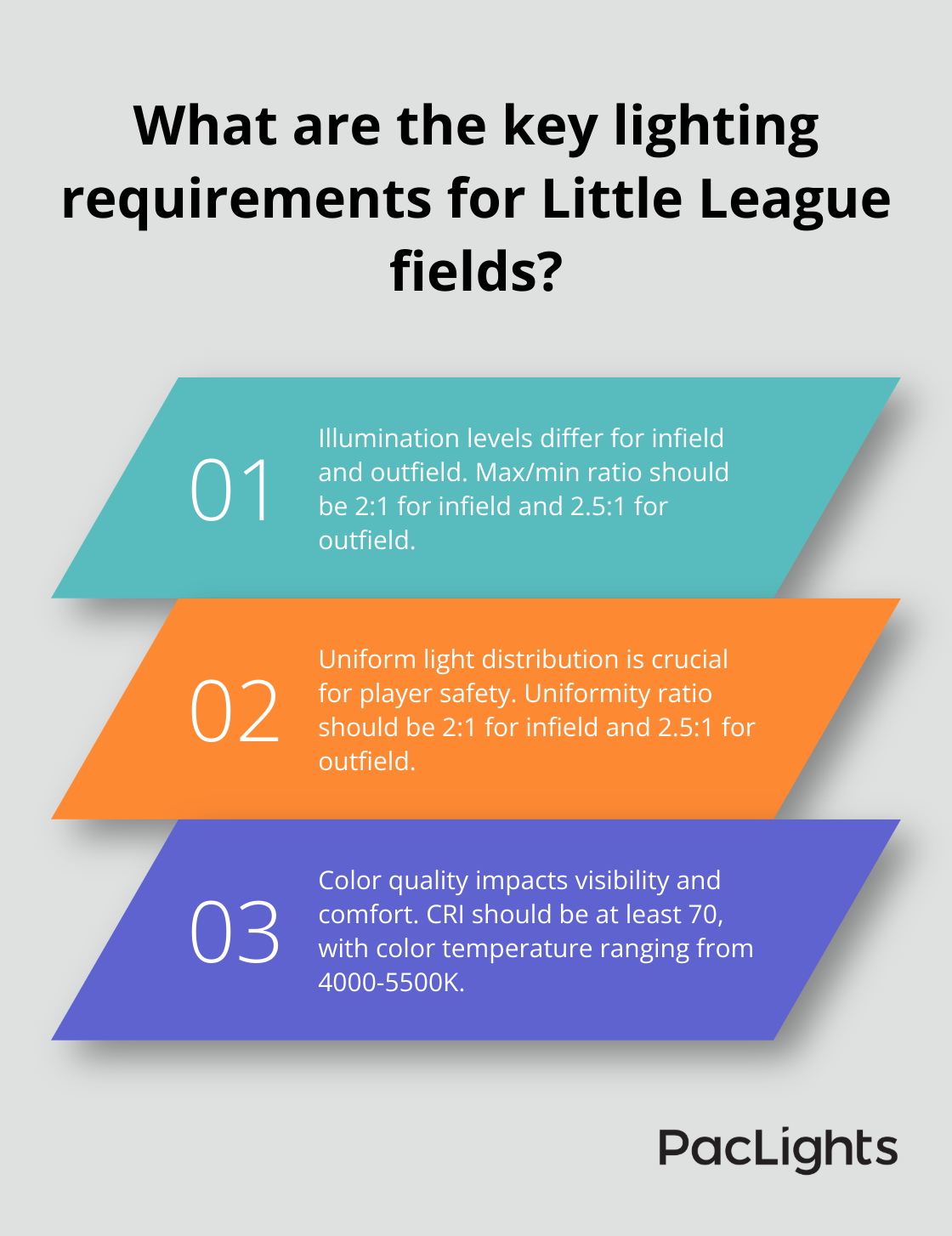
Strategic pole placement ensures this uniformity. An 8-pole layout typically provides the best balance between cost and performance. Infield poles should stand at 60-70 feet high, while outfield poles should reach 80-100 feet for optimal coverage.
Color Quality Considerations
The Color Rendering Index (CRI) measures how accurately a light source reveals object colors compared to natural light. Little League fields benefit from lights with a CRI of at least 70. This ensures players can easily distinguish between different colored uniforms, the ball, and field markings.
The color temperature of the lights also affects visibility and comfort. A color temperature range of 4000-5500K (crisp, clear light) is ideal for Little League fields. This range enhances overall visibility and reduces player fatigue.
Lighting Technology Options
LED lighting technology has revolutionized sports field illumination. LED fixtures offer several advantages over traditional lighting options:
- Energy Efficiency: LED lights consume less power, reducing operational costs.
- Longevity: LEDs have a longer lifespan (often 50,000+ hours), minimizing maintenance needs.
- Instant On/Off: Unlike traditional lights, LEDs reach full brightness immediately.
- Dimming Capabilities: Many LED systems allow for adjustable light levels.
When selecting lighting fixtures for Little League fields, consider these key features:
- Durability (to withstand weather conditions)
- Glare reduction technology
- Adjustable beam angles for precise light distribution
- Energy efficiency ratings
The next step in creating an optimal Little League field lighting setup involves proper installation and maintenance practices. These factors ensure the longevity and effectiveness of your lighting system.
What Makes LED Lighting Ideal for Little League Fields?
LED lighting has become the top choice for illuminating Little League baseball fields. This advanced technology offers numerous benefits that make it particularly well-suited for youth sports environments.
Energy Efficiency and Cost Savings
LED fixtures consume significantly less power than traditional lighting options like metal halide or high-pressure sodium lamps. For Little League fields, this translates to substantial energy savings-often up to 75% compared to older systems. These reduced operational costs can free up resources for other important aspects of youth baseball programs over time.
Longevity and Reduced Maintenance
LED lights typically last 50,000 hours or more, far outpacing the 15,000-hour lifespan of traditional sports lighting. This extended lifespan results in fewer replacements and less frequent maintenance, which benefits community-run Little League facilities that may have limited resources for upkeep.
Superior Light Quality and Control
LED technology provides excellent color rendering and uniform light distribution, which is essential for player safety and performance in Little League games. With a color rendering index (CRI) often exceeding 70, LEDs make it easier for young players to track the ball and distinguish between different colored uniforms.
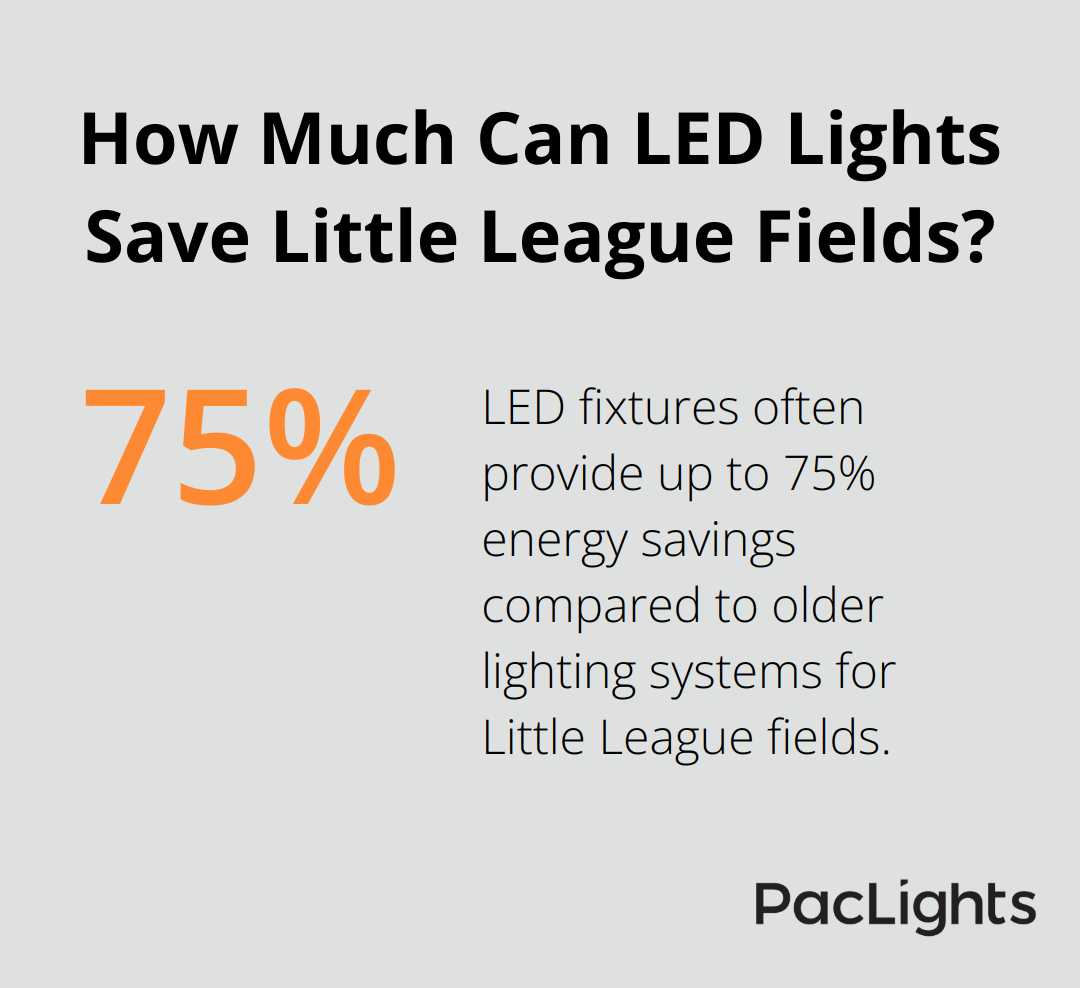
Many LED systems also offer dimming capabilities and instant on/off functionality. This allows for flexible lighting scenarios, such as lower light levels for practice sessions or quick adjustments during weather changes.
Key Features for Little League Field Lighting
When selecting LED fixtures for a Little League field, several features stand out as particularly important:
- Glare Reduction: Fixtures with built-in glare shields (or those that can be fitted with additional glare control accessories) help prevent discomfort and visual impairment for players and spectators.
- Durability: Outdoor-rated fixtures with high IP (Ingress Protection) ratings withstand various weather conditions. A rating of IP65 or higher works best for most Little League field applications.
- Heat Management: Effective heat dissipation ensures LED longevity. Fixtures with robust heat sink designs or active cooling systems perform optimally in warm climates.
- Adjustable Beam Angles: Fixtures that allow for precise aiming and beam angle adjustments achieve uniform light distribution across the field, which meets Little League lighting standards.
- Smart Controls: LED systems that integrate with lighting control platforms allow for scheduled operation, remote management, and even real-time adjustments based on ambient light conditions or field usage.
The initial investment in LED lighting may be higher than traditional options. However, the long-term benefits in energy savings, reduced maintenance, and improved light quality make it an excellent choice for Little League fields. Efficient lighting not only enhances safety but also allows for increased revenue through extended playtime, more events, and improved spectator experience. As we move forward, let’s explore the best practices for installing and maintaining these advanced lighting systems to ensure optimal performance and longevity.
How to Install and Maintain Little League Field Lighting
Strategic Pole Placement
The foundation of effective field lighting starts with strategic pole placement. An 8-pole configuration typically provides the best balance of coverage and cost-effectiveness for Little League fields. Infield poles should stand 60-70 feet high, while outfield poles should reach 80-100 feet for optimal coverage. This height difference accounts for the varying illumination needs of different field areas.
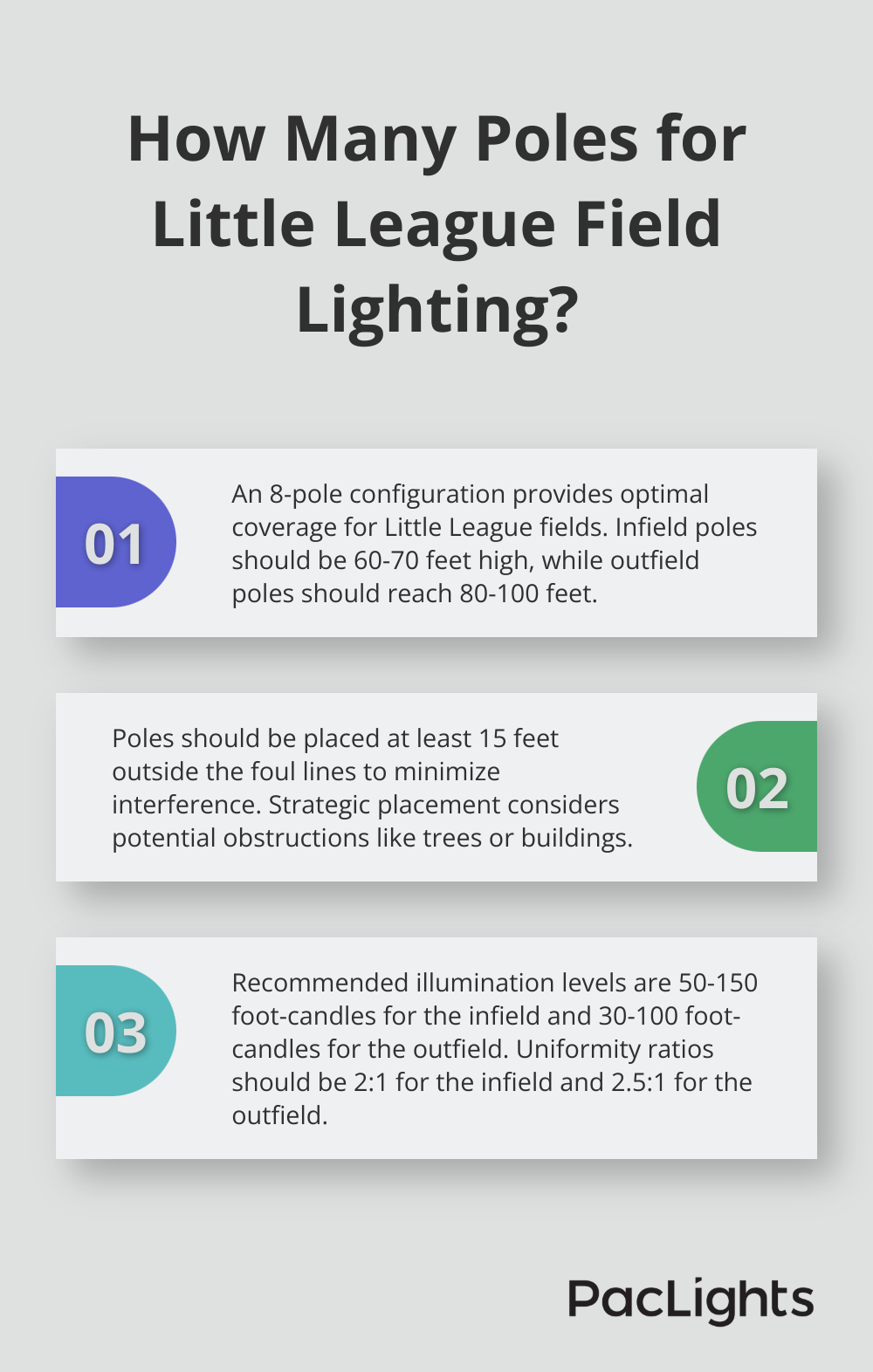
When positioning poles, consider potential obstructions like trees or buildings that could cast shadows. Try to place poles at least 15 feet outside the foul lines to minimize interference with play. The exact placement will depend on your field’s specific dimensions (consulting with a lighting professional can help determine the ideal layout).
Precision Aiming and Focusing
After pole installation, precise aiming of fixtures becomes critical. Each fixture requires individual aiming to ensure uniform coverage across the field. Start by focusing on key areas like the pitcher’s mound, home plate, and bases. Then, work outward to cover the outfield evenly.
Use a light meter to measure foot-candle levels at various points on the field. Adjust fixture angles until you achieve the recommended levels of 50-150 foot-candles for the infield and 30-100 foot-candles for the outfield, depending on the level of play. Pay special attention to maintaining the required uniformity ratios of 2:1 for the infield and 2.5:1 for the outfield.
Regular Maintenance for Peak Performance
A proactive maintenance schedule keeps your Little League field lighting in top condition. While LED fixtures require less frequent maintenance than traditional lighting, regular checks remain necessary.
Conduct visual inspections monthly to identify any obvious issues like damaged fixtures or loose connections. Every six months, use a light meter to verify that illumination levels still meet Little League standards. If levels have dropped, it may be time to clean fixtures or replace any failing LEDs.
Schedule a more comprehensive maintenance check annually. This should include:
- Cleaning all fixtures to remove dirt and debris that can reduce light output
- Checking and tightening all electrical connections
- Inspecting poles for any signs of corrosion or damage
- Verifying that all control systems function correctly
For fields in areas with harsh weather conditions, consider more frequent checks, especially after severe storms.
Optimizing Energy Efficiency
To maximize the benefits of your Little League field lighting, focus on energy efficiency. LED fixtures provide significant energy savings compared to traditional lighting options. These fixtures not only reduce operational costs but also minimize environmental impact.
Consider implementing lighting controls to further optimize energy use. Motion sensors can automatically adjust light levels based on field activity, while scheduling systems ensure lights are only on when needed. These smart controls can lead to substantial energy savings over time.
Little League baseball field lighting significantly impacts young athletes’ experiences. Proper illumination enhances player safety, improves performance, and creates an enjoyable atmosphere for all involved. LED technology has become the top choice for youth sports fields, offering energy efficiency, longevity, and superior light quality.
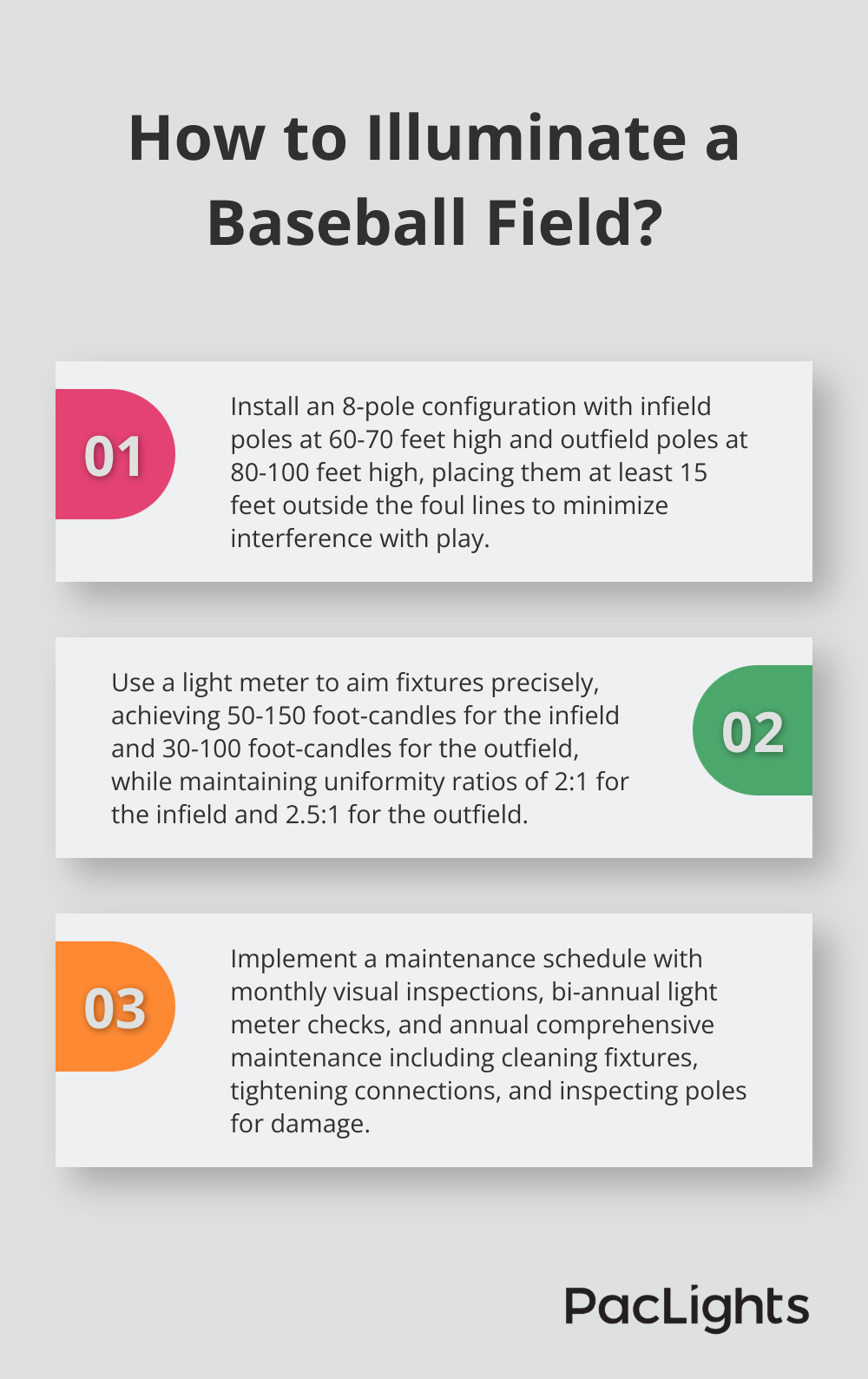
Quality field lighting yields long-term benefits beyond initial installation. It reduces injury risks, allows for extended playing hours, and enhances the overall experience for players, coaches, and spectators. Little League organizations can also host evening games and tournaments, potentially increasing revenue.
We at PacLights understand the unique lighting needs of Little League fields. Our energy-efficient LED solutions meet the specific requirements of youth sports facilities, providing optimal visibility and performance. PacLights fixtures offer a comprehensive lighting solution for Little League baseball fields (with features like adjustable beam angles and glare reduction technology).


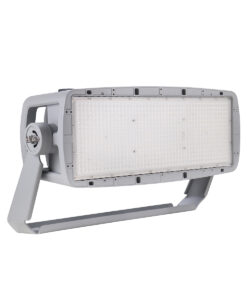
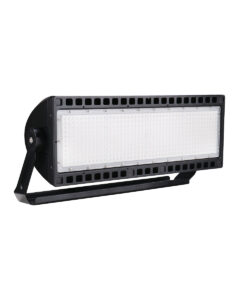
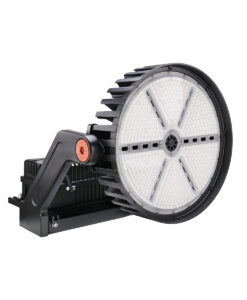
Disclaimer: PacLights is not responsible for any actions taken based on the suggestions and information provided in this article, and readers should consult local building and electrical codes for proper guidance.